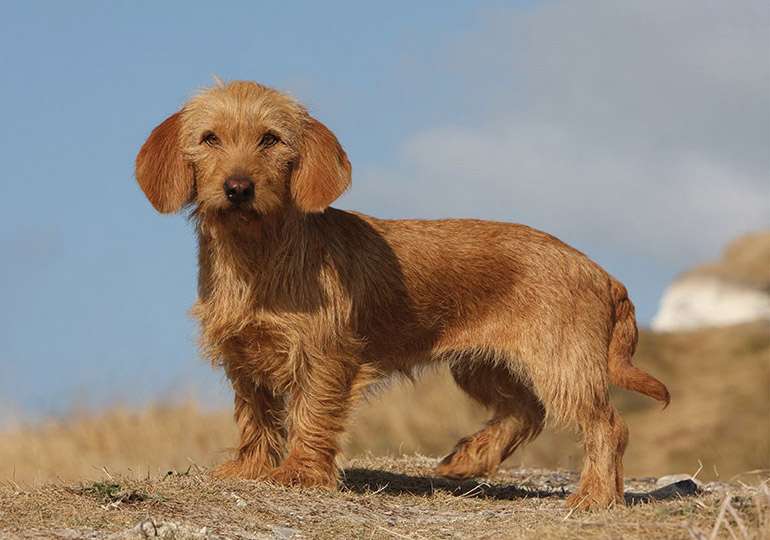
The Harrier is a hound-class medium-sized dog breed that is trained to trail hares for prey. It is smaller, but not as little as a Beagle, and resembles an English Foxhound. It has been in use since the middle of the 13th century.
Morphological Characteristics
They come in a variety of color patterns, have short hair and drooping ears, and shed occasionally. Despite being similar to an English Foxhound, a Harrier is often described as “a Beagle on steroids” in lighthearted contexts. It has a tiny, rough coat and is a powerful hunting hound. Large bones provide it strength and endurance. The Harrier has a flat topline and is only slightly taller than it is long. Medium-length, carried high, and not curled over the back is the tail. The muzzle is robust and square, and the head is broad. The eyes are either brown or hazel, and the rounded ears are pendant. Having a wide black nose. When the dog is calm, his look is placid, and when he is excited, it is alert. The teeth should come together in a level or scissors bite. The front toes may bend inward, and the feet are little and cat-like.
Care as a Pet/ In Captivity
Grooming
Weekly grooming with a soft-bristle brush or grooming mitt will help to remove loose fur and distribute skin oils throughout your harrier’s short coat. When the weather changes in the spring and fall, expect periods of heavier shedding, during which you’ll need to brush more regularly.
Depending on how unclean it becomes, give your dog a bath once a month or more. However, check its ears at least once every week to see whether they require cleaning. If necessary, or approximately once a month, trim your dog’s nails. And strive to regularly brush its teeth.

Feeding
Every day, the Harrier needs about two cups of nutritious food. For your harrier, always have fresh water available. To ensure that you’re addressing your dog’s specific needs, be sure to review the type of food you’re feeding him as well as the quantity with your veterinarian. Age, degree of activity, and other factors can alter dietary requirements. In order to avoid overeating, be careful of snacks and other excess food.
Training
As a young puppy, begin socializing and teaching your harrier to instill positive behavior and stop the development of undesirable behaviors. When trained using positive reinforcement techniques, such as cookies and praise, these dogs often respond well. Given that harriers may exhibit stubbornness, it’s also critical to be constant in your commands. Do not excuse inappropriate behavior.
A puppy class may teach your dog the fundamentals of socialization and obedience. To ensure adequate socialization, try to introduce your dog to a variety of people, canines, and environments.
Table





